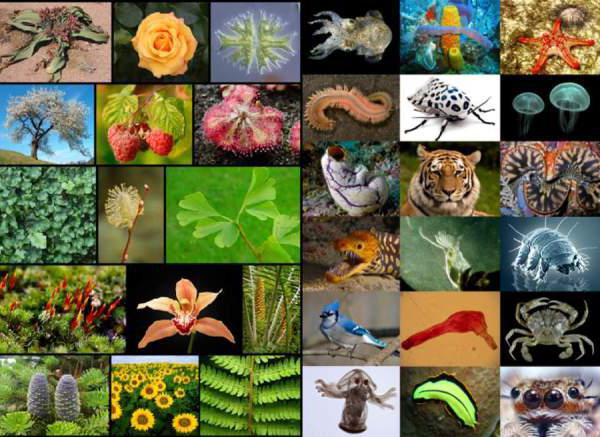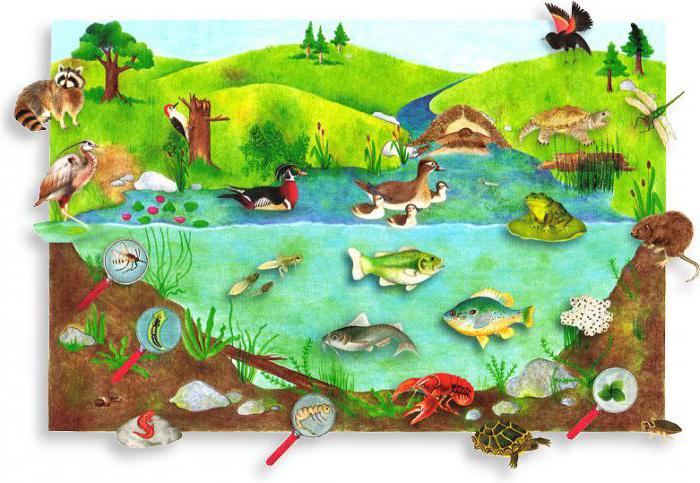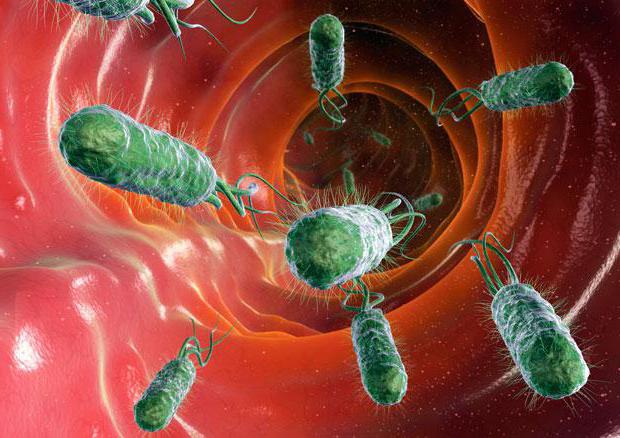What is taxonomy in biology? Biology: systematics of plants
Do you remember the biology lesson "Systematics andclassification of living organisms "? If not, then our article is for you.We will get acquainted with the subject of studying this science and will dwell in detail on plant groups and the features by which they are united.
What is taxonomy in biology?
The variety of living organisms on the planet is simplyis amazing. Just imagine, in the modern period, scientists know 8.7 million species. They have mastered absolutely all the habitats: from water bodies and soil to parasitic existence within living organisms. With the passage of time, a science arose that could arrange this diversity, which greatly simplified the process of their study.
What is taxonomy? Presentations on biology and various manuals give many definitions to this concept. We will focus on the most accurate. Systematics is the science of the diversity and classification of living organisms. In translation from Greek, this title is translated as "ordered".
The first attempts to combine organisms on the basis of common signs were undertaken by Aristotle and Theophrastus. Therefore, what is systematic in biology, was known even in the ancient world.
The founder of taxonomy is rightfully consideredSwedish scientist Carl Linnaeus. It was he who introduced into science double, or binary, names of plants and animals. And to this day the unit of classification is the species. For example, silver poplar, melissa medicinal, plantain vulgaris.

Kingdoms of living nature
Systematics is a category in biology thatunites organisms into groups according to similar characteristics. They are called taxa. The smallest is the species, and the highest is the kingdom. Between them are intermediate taxa. For example, in plants this genus, family, order, class and department.
There are five kingdoms of living nature:
- Plants are characterized by autotrophic feeding, the presence of green pigment chlorophyll in cells, the ability to photosynthesize, attached lifestyle, unlimited growth.
- Animals by way of nutrition are heterotrophs, actively move, increase in size only in a certain period.
- Mushrooms are a group of organisms that take upan intermediate position between plants and animals. It combines the signs of both kingdoms. For example, like plants, mushrooms lead an attached lifestyle. At the same time they feed on ready organic substances like animals.
- Bacteria are unicellular microscopic organisms that do not have a formed nucleus.
- Viruses are non-cellular forms of life. They are formed by molecules of nucleic acids surrounded by a protein shell.

Biology, Grade 6: Systematics of Plants
And now we will dwell in more detail onclassification of representatives of the kingdom of plants. We already know what systematics is in biology and what are the characteristic features of the representatives of this kingdom. What are the groups that are singled out within it?
Biology and taxonomy of plants by the highest of themconsiders two: the lower and the higher. Plants of the first group do not form real tissues and organs. They include all the algae. These are the most primitive plants that first arose on the planet.
As they reached the dry land, plants began to form tissues and organs. Without this, their existence under the new conditions would be simply impossible. So in the process of evolution, higher plants arose.

Lower plants
What is taxonomy in biology? It is also a science that makes it possible to distinguish the main characteristic features of organisms. For plants in general, this is an autotrophic way of feeding, for the lowest - the absence of specialized cells. In algae, they all have the same structure. They are united only anatomically, but not functionally.
The body of the algae is called the "thallus","slave" or "tall". And instead of roots, they have rhizoids. They can be mono- and multicellular, as well as colonial. In addition to the chlorophyll pigment, algae can contain other colors in the cells. Depending on this, the departments of Greens, Reds, Browns, Golden algae are distinguished. But the representatives of the Diatoms are surrounded by a shell of silica. through its openings is the process of metabolism.

Higher: characteristic features
The first people on land still did not have realtissues. They still retained the rhizoids, and the shoot was located horizontally and forked brittle. In the process of evolution, those plant representatives survived, whose bodies took a vertical position. This provided more efficient conditions for the flow of photosynthesis. So in the higher plants specialized cells and tissues arose - mechanical, conducting, integumentary and basic.
The most primitive representatives of thissystematic units are spore. Their modern species are represented by four divisions: Mokho-, Plauno, Khvoshche-and Fern-like. Their common characteristics are the leaf-building structure of the shoot, reproduction with the help of spores, alternation in the life cycle of sexual and asexual generations.

Variety of seed
More progressive features of the structure have seminalplants. The name itself speaks of one of the ways of their reproduction. Seeds, unlike spores, have a significant supply of nutrients. They contribute to the more effective germination and development of young plants.
Within this group of taxonomy, twoDepartment: Golo- and Porosperms. Representatives of the first are spruce, pine, fir, juniper, kinkgo, velvichia. Their seeds develop on scales of cones openly, hollow. This feature determines the name of the taxon. Gymnosperms do not form flowers and fruits, most of them are evergreen.
Angiosperms, or flowering, are a groupplants, which at the present stage occupy a dominant position on the planet. Thanks to what features of the building is it possible? First of all, it is the presence of a flower that performs the functions of the generative organ, in which double fertilization takes place. As a result of this process, fruits are formed, within which seeds develop. Such a structure provides protection from adverse conditions, favorable development and spread of plants.
So, in this article we have examined what is taxonomy in biology. It is a science that determines the position of organisms in the system of the organic world on the basis of certain structural features.
</ p>



